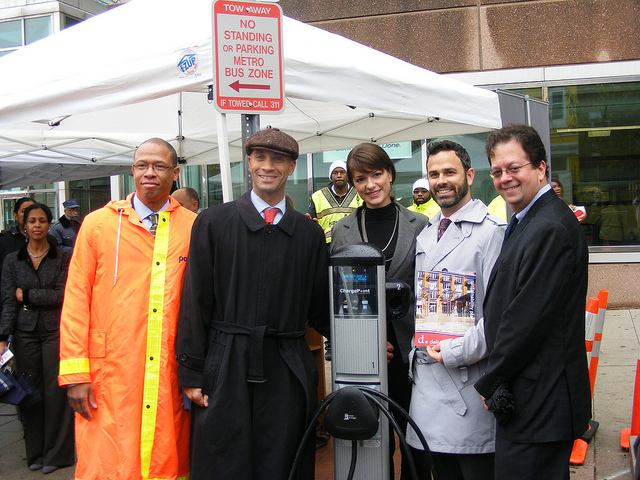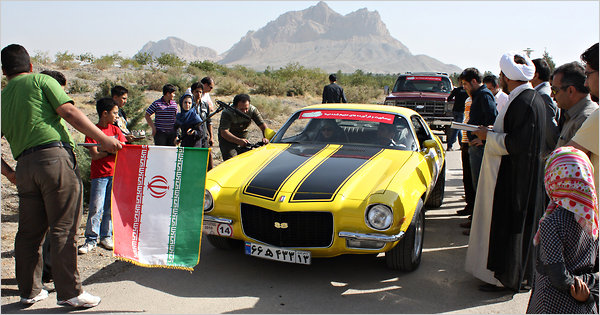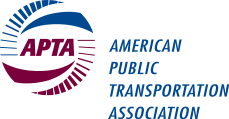Bucking the trend? Why Dutch women don’t work longer hours and still be happy:
Maybe y’all American women want to consider moving to Netherlands? Great read
IN AMERICA, as pretty much everywhere in the world, the happy narrative of development and freedom has involved more women working in the cash economy, achieving financial independence and thus greater autonomy. It’s interesting when you find a country that seems to buck these sorts of universal narratives, and as Jessica Olien points out in Slate, the Netherlands bucks the women’s-development narrative in a pretty odd fashion: it has extremely high indicators for gender equality in every way (education, political participation, little violence against women, ultra-low rates of teen conception and abortion) except that women don’t work. Or not full-time, anyway, at anything like the rates at which women work in most OECD countries. Moreover, they don’t seem to want to. Nearly 60% of Dutch working women aged 25-54 worked part-time in 2001, compared to 15% in the United States, 25% in France and 35% in Germany; but where 25% of French women working part-time say they want to work full-time, just 4% of Dutch women do. The Dutch began identifying women’s failure to participate in the workforce more aggressively as a major social problem in the 1990s, which led to a tax reform intended to incentivise women out of the cosy “trap” of part-time work. Instead, most women used the better tax treatment as a way to work less. And Ms Olien, an American who’s spent a few months living in the Netherlands, wonders whether the Dutch haven’t got the smoother end of the stick:








